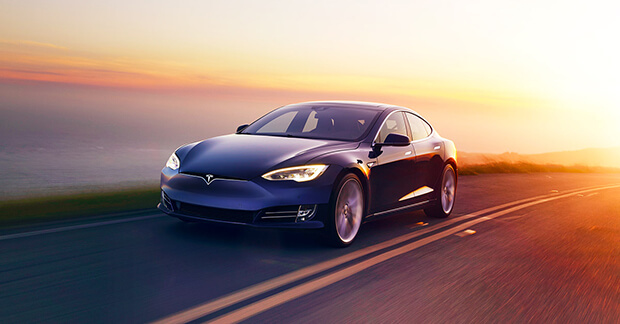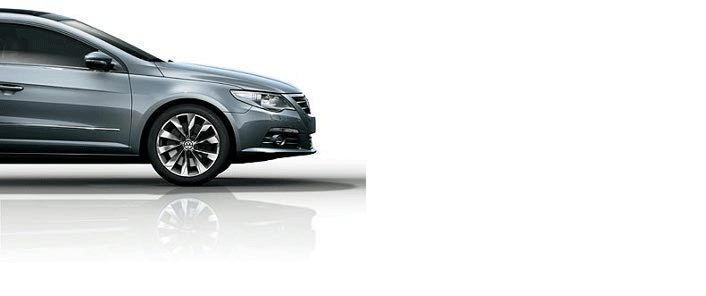Tesla intentionally makes some of its cars worse but this is not necessarily a bad thing?

Tesla intentionally makes some of its cars worse but this is not necessarily a bad thing?
The most natural thing for a company to do would be to charge every one of their customers the maximum they would pay for their product.
If companies were to adapt this maximum pricing philosophy, Apple could charge the super-rich the tens of thousands of dollars for their iphones and they would probably be willing to pay it, while poorer consumers would pay much less than the going rate.
The fact of the matter in the real world, when it comes to buying power, that rich consumers are usually at an advantage and poorer consumer are at a distinct disadvantage.
Usually companies are only able to offer a given product at one price that will lead to the most profit, which is usually somewhere in the middle of how much the richest and poorest are willing to pay.
When a company can figure out a way to charge different price points for the very same product to wealthier and poorer consumers, economists call this “price discrimination.”
They do this by selling an intentionally limited version of their product and a perfect case of this intentional limiting came to light during Hurricane Irma.
In 2016, Tesla sold two different versions of their Model S and X electric cars. One version had a 60 kilowatt per hour battery, and another a 75. The 75-kilowatt version cost $9,000 more.
Prior to hurricane Irma hit the United States, Tesla announced that it would flip the proverbial switch, and allow the 60-kilowatt cars to become 75-kilowatt cars. This enabled the 60-kilowatt vehicles to go 230 miles per charge, rather than 200.
As we said in a previous post, Tesla was able to upgrade the kilowattage in the cheaper version of the car because both models actually have the same 75-kilowatt battery. The company just chooses to limit the capacity in some cars so they can have two different price points.
The response to this price discrimination tactic has been mixed. Some observers congratulated the company for being proactive and reacting to the hurricane and the resulting, others were disturbed by the revelation that the company could so easily increase the capacity of their cars.
The critics have been asking if the battery could be more powerful without any extra cost to Tesla, why then, deny this capability to certain drivers?
(As always, if you or a family member are considering buying a used car, don’t buy until you run a car check report with MyVehicle.ie where you will find out the true history of the vehicle.)

Author

Justin Kavanagh
Justin Kavanagh is a recognised leader
in automotive intelligence and vehicle
data supply to the entire motor industry.
He has almost 20 years experience in
building systems from the ground up.
As the Managing Director of Vehicle
Management System, he understands the
need and importance of trustworthy and
reliable vehicle history and advice to
both the trade and the public.
Follow me on LinkedIn